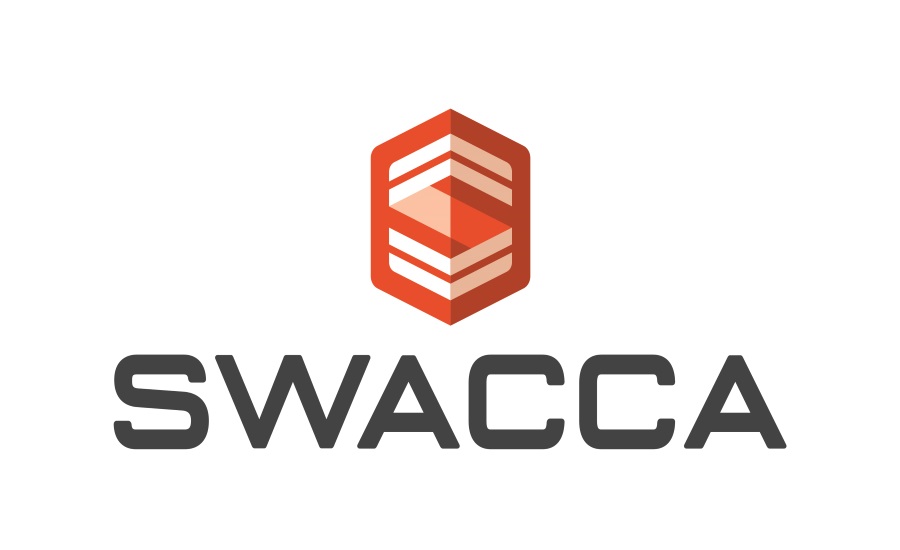SWACCA’s public policy team is pleased that another multi-year advocacy campaign has ended in success. Since the summer of 2020, SWACCA has been at the forefront of an effort with its allies in the Construction Employers of America and its union partners to reverse regulations that negatively altered the analysis trustees of ERISA plans must use when assessing plan investments. On Nov. 22, the U.S. Department of Labor’s Employee Benefits Security Administration released on its website, in advance of publication in the Federal Register, its final rule on Prudence and Loyalty in Selection Plan Investments and Exercising Shareholder Rights, returning the regulations to the prior standard SWACCA and its allies urged while providing important clarification sought to protect plan trustees.
The final rule rescinds regulations from the prior Administration creating a new “economically indistinguishable” standard for evaluating competing investments. This novel standard made it harder and riskier for fiduciaries of multiemployer plans to invest in projects that create union jobs and generate contributions to the plan. As SWACCA requested, the final rule returns to the old “economically equivalent” tiebreaker standard for selecting between investments that offer equivalent risks and returns. Moreover, the final rule affirms the position SWACCA and CEA advocated throughout their two-year advocacy campaign, that the creation of union jobs and contributions to the plan are collateral benefits trustees may use to select between two equivalent investments.
In SWACCA’s November 2021 comments, it argued that:
“[A] fiduciary should consider union jobs created by an investment and the associated plan contributions they generate when assessing the economic value of such an investment to the plan. We think it beyond argument that when two investments or investment courses of action are economically equivalent, the fact that one investment creates union jobs and plan contributions is clearly a permissible basis for breaking the tie between the two investments.”
The following passage from Nov. 22’s final rule confirms that EBSA agrees with SWACCA’s position:
“Some form of the tiebreaker test permitting fiduciaries to consider collateral benefits has existed for more than four decades, and the Department is not aware of plan fiduciaries struggling with the concept of permissible collateral benefits. In the Department’s experience, collateral benefits have routinely involved criteria or considerations other than factors that are relevant to a risk and return analysis of the investment, such as stimulating union jobs and investing in the geographic region where participants live and work, as just a few examples. In response to requests from several commenters, the Department confirms that an investment that stimulates or maintains employment that, in turn, results in continued or increased contributions to a multi-employer plan is an example of ‘collateral benefits other than investment returns’ under paragraph (c)(2) of the final rule.”
You can read the actual text of the pre-publication version at this link. The rule will be effective 60 days after its publication in the Federal Register, except for a delayed application until one year after publication for certain proxy voting provisions to allow fiduciaries and investment managers additional time to prepare.






